
what are the nutritional requirements for a dog
Figuring out what to feed your dog can feel like navigating a maze, with endless brands and formulas all claiming to be the best. But at its core
You’re standing in your Chicago apartment bathroom, holding a tube of vet-prescribed ointment, and staring at your 9-month-old Lab mix, Cooper—his paw is red and swollen again, just two weeks after his last bacterial infection cleared up. You’ve followed the instructions, or so you thought, and now you’re frustrated: Why won’t this go away for good? Am I missing something? Recurring bacterial infections in dogs aren’t a sign you’re a bad owner—they usually point to a small, fixable gap in care, like incomplete meds or lingering germs in your home. Let’s break this down with simple facts and steps to help Cooper stay healthy.
First, let’s keep the science straightforward (no fancy terms!): Bacterial infections stick around when two things happen: either the bacteria aren’t fully killed off, or your dog is exposed to the same germs again. The most common mistake? Stopping antibiotics early. Even if Cooper’s paw looks better after 5 days, you need to finish the full 10-day course—stopping early lets “strong” bacteria survive, multiply, and come back tougher (this is called “antibiotic resistance”). Other culprits? Lingering germs in his bed, food bowls, or your apartment carpet—bacteria can live on fabric for days. Take Sarah, a first-time owner in Texas: Her Chihuahua, Lua, kept getting skin infections until she realized she wasn’t washing Lua’s bed weekly. A hot water wash (140°F/60°C) killed the bacteria, and Lua hasn’t had an infection since. It’s often the small, daily habits that make the biggest difference.
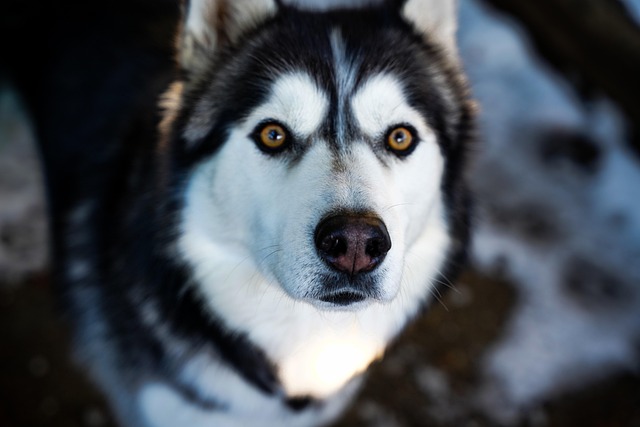
Here’s how to stop the cycle of recurring bacterial infections, step by step: Start with meds—always finish the full course, even if your dog seems better. Set phone reminders if you need to—consistency is key. Next, deep-clean your home: Wash your dog’s bed, toys, and food bowls in hot, soapy water once a week (avoid scented detergents—they irritate sensitive skin). For apartment carpets, use a pet-safe disinfectant spray on areas Cooper spends time (like his favorite couch spot). When caring for his infection (e.g., applying ointment), make it positive: give him a freeze-dried chicken treat before and after. This teaches him care = rewards (never hold him down or scold him if he wiggles—punishment goes against US animal welfare norms and will make him hide when he’s hurt). Finally, check for “hidden” triggers: If he gets paw infections, wipe his paws with a damp cloth after walks—grass, dirt, or even sidewalk bacteria can sneak in and cause issues.
Now, let’s tie in rules and habits that matter. Every US state requires core vaccines (distemper, parvovirus)—while vaccines don’t prevent bacterial infections, they keep your dog’s immune system strong, so it can fight off germs better. Skipping vaccines could get you fined $150+ in California or New York, and a weak immune system makes infections more likely to come back. When you walk Cooper (even when he’s healthy), always clean up his poop—cities from Seattle to Boston fine up to $300 for leaving waste, and dog poop carries bacteria that can spread to his paws or skin if he steps in it. If you live in an apartment, avoid letting Cooper share water bowls with other dogs at the dog park—shared bowls are a hotbed for bacteria. And if infections keep happening, ask your vet to check for underlying issues (like allergies)—itchy skin from allergies makes it easy for bacteria to get in through scratches.
Recurring bacterial infections can feel defeating, but they’re fixable with a little extra care. By finishing meds, cleaning your home, and staying consistent, you’ll help Cooper kick those germs for good. Before you know it, you’ll stop reaching for that ointment—and start watching him run around the apartment, paw healthy and happy.

Figuring out what to feed your dog can feel like navigating a maze, with endless brands and formulas all claiming to be the best. But at its core
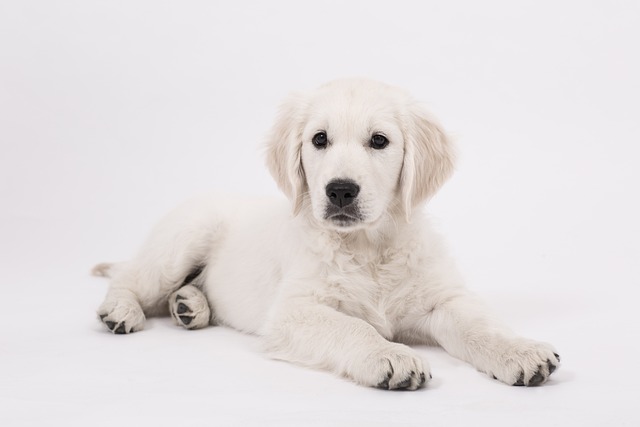
With all the talk about high-protein diets, it's easy to wonder if there can be too much of a good thing for your growing puppy.
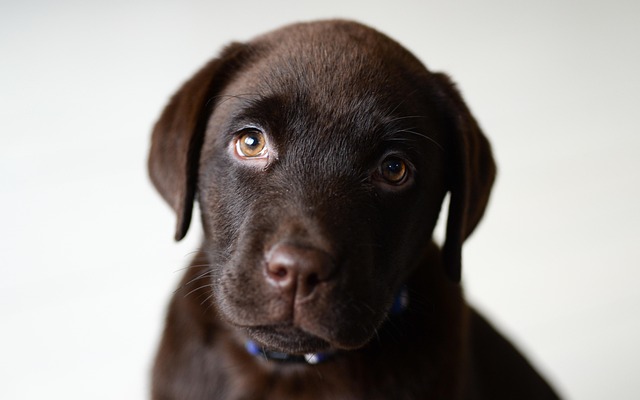
Nothing’s more disheartening than leaning in for a doggy cuddle and catching a strong, unpleasant smell from their skin.

Bringing home a new puppy is an exciting time, and watching them explore their world often includes seeing them try to eat everything in sight!
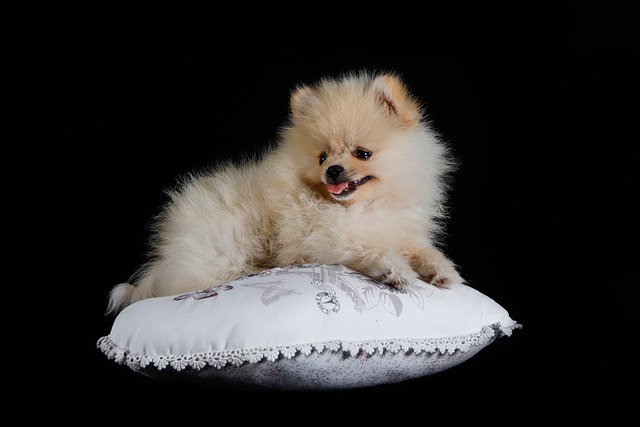
If you've noticed your dog's skin looking greasy, flaky, or just generally unhealthy, you might be wondering if it's simple dryness or something more.
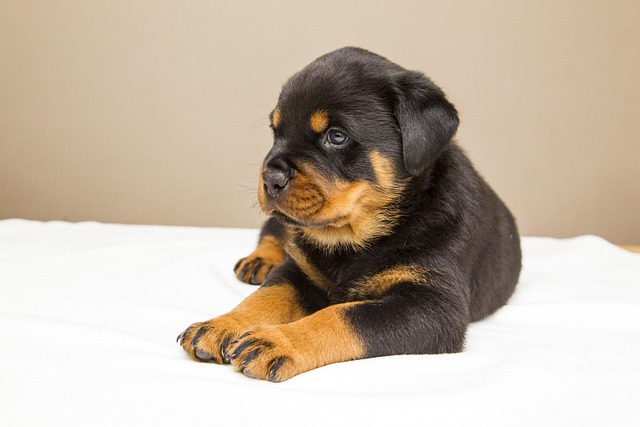
If you’re a new dog parent in the US—maybe you’re kneeling by your 8-month-old Shih Tzu, Lua’s, bed in your Chicago apartment, morning coffee in hand